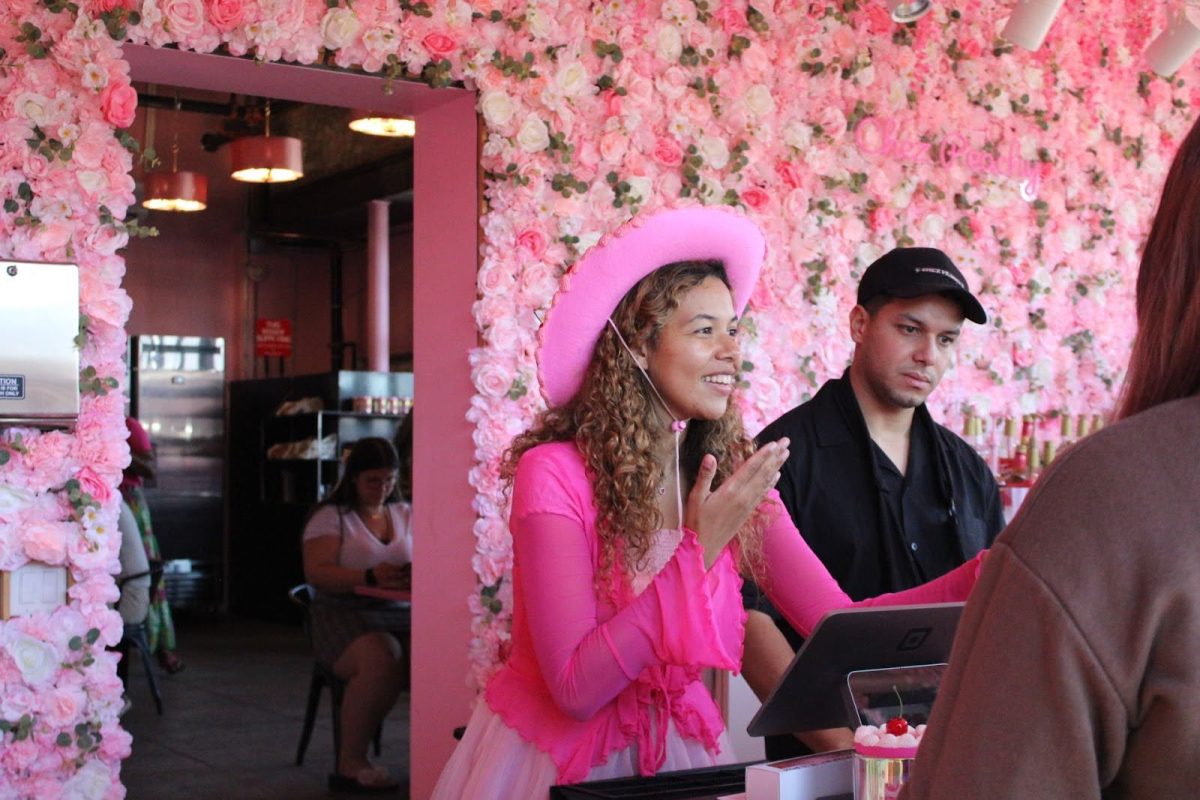Midterm madness is upon us. The signs are all around: hours of late-night cramming in the library, 20-minute waits to use a computer in the ILC, pizza delivery cars circling perpetually around campus in search of their elusive prey. But all this time in the library prepping for exams has brought me to one important realization: The Main Library is a terrible place to study.
Hear me out. I love the library. The library has a dizzying amount of books and journals. But as a study destination, it is running out of time. Soon enough we will read about the library in the obituaries, honoring what a good friend it used to be. The eulogy would probably read something like this: “”The Main Library was a good library, always striving to do right with the world and treat students well. But it fell into disarray as it aged. Due to broken lighting fixtures, empty study spaces and shortages of group study areas, students eventually abandoned the library, opting for more hip, student-friendly coffee shops that offered free Internet and lattes. It is with sadness we lay the Main Library to rest. R.I.P., 2007.””
If you’re a dedicated student and frequent the Main Library regularly, you probably know immediately what I’m talking about. Outlets for laptop use are rare finds, and tables during busy seasons are even rarer.
Although the library’s dedication to improving computer access has been commendable, the same effort has not been put into designing effective areas for studying. Over the past few semesters, the library has invested heavily in space-saving compact shelving. The shelves opened up large amounts of public space, in addition to making more than a few students nervous about being crushed between malicious shelving units. However, much of this space is still just that: space. The library has failed to purchase enough study desks to transform these areas into useful study environments.
While the purchase of more desks and tables would seem to be the quick fix, such a move would only mask more fundamental problems with space allocation in the library. The library needs to provide a balanced accommodation for both individuals who want silence and groups who need environments where they can talk quietly. To meet this need, the fourth and fifth floors are currently designated as “”Quiet Study Areas,”” which translates to individual study areas. However, more than 67 percent of the library’s group study rooms are on these same floors (the third floor claims eight, fourth floor, 11 and the fifth floor, five, if you’re interested). The result is that students looking for tables during high study tide must check remote locations on three floors. I’ve wasted a good 30 minutes a night during busy seasons walking around trying to find a place to study with a friend. This could easily be improved by designating the areas near permanent group study rooms as group areas. And it wouldn’t be difficult, considering how much wasted lobby space there is on the third and fourth floors, with very few tables but an abundance of space. The library could invest in separators and tables to create temporary, mobile group study rooms and in the process create dozens more group study areas.
Businesses have long recognized the value of group locations. Look no further than corner gas stations, local auto dealers and fast-food clusters to understand the value of this organization: businesses offering similar services group together because it makes consumption choices easier for the consumer and allows businesses greater market access. Unfortunately, the library doesn’t respond to market forces, and students looking for group study areas are still unable to head to centralized group areas with rooms and public spaces filled with large tables.
While the library’s overcrowding problem would markedly improve with more designated group areas, individual study areas also need attention. Almost every individual desk is crammed into areas outfitted for shelving units. This means that not only is lighting poor, but few of the desks are located near electrical outlets. In one area on the east side of the third floor, I counted chairs and desks for 70 students to study, while only 10 electrical outlets were available. This factor alone forces many students to abandon the library. Increasing the number of outlets would make study areas much more versatile, allowing students to use laptops for homework or, for the occasional exasperated student, a personal lamp.
With the massive re-shelving and reorganization effort currently taking place at the library, students can only hope administrators will put some thought into the organization of and resources provided for study areas. Perhaps if enough students mail in letters, the “”Extreme Makeover”” crew could be convinced to do a special library episode. Until that day, though, I’ll see you at the Arizona Health Sciences Library.
Matt Rolland is a junior majoring in economics and international studies. He can be reached at letters@wildcat.arizona.edu.








